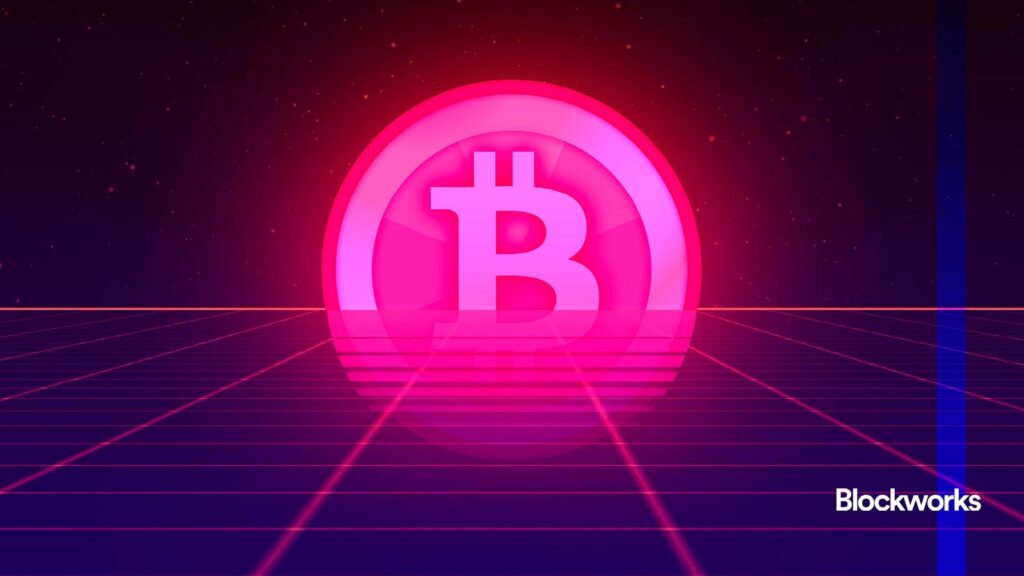We need to embrace Bitcoin as the foundation of DeFi to create a safer and more resilient financial ecosystem. Otherwise, we will miss the opportunity to leverage the most stable and proven blockchain for the next wave of innovation.
For too long, Bitcoin has been considered a static store of value, a digital gold. But those days are over. The DeFi revolution is coming to Bitcoin, and by inheriting the security and robustness of the original blockchain, it will fare better. If we want to build truly decentralized financial applications without the need for intermediaries, Bitcoin is the obvious choice.
Until recently, the infrastructure needed to facilitate the development of these financial applications was limited. While DeFi was thriving on Ethereum, Solana, and other blockchains, the idea of building a similar ecosystem on Bitcoin was seen as a contrarian bet. Bitcoin was often criticized for being too rigid, lacking the smart contract features needed to support the diverse range of tools and technologies needed for DeFi use cases.
To learn more, read our Opinion section: Web3 doesn’t need flashiness, it needs functionality
But that perception is changing. The introduction of Segregated Witness (SegWit) in 2017 not only alleviated some of Bitcoin’s data limitations, but also paved the way for the development of Layer 2 networks. These networks, such as Lightning Network, Stacks, and Rootstock, process transactions off the main chain to increase speed and reduce costs while maintaining the security of the Bitcoin blockchain. More recently, the market has grown further with Casey Rodamor’s development of Ordinals, Runes, Core DAO, and B² Network.
Additionally, because developers and businesses already have a framework to follow in Ethereum’s DeFi ecosystem, Bitcoin’s DeFi ecosystem is being recreated in a matter of months. Developers and businesses are skipping the experimentation phase and jumping right into building cutting-edge decentralized applications on Bitcoin. From tokens to NFTs to lending and borrowing marketplaces, Bitcoin now offers a complete and secure DeFi ecosystem.
Using Bitcoin for DeFi could replicate traditional finance without its inefficiencies and risks. Imagine building a decentralized version of Morgan Stanley on the Bitcoin blockchain—a radical shift that could enable the vast reserves of Bitcoin currently passively stored in wallets. While degenerates are sometimes hesitant to integrate traditional financial institutions into the crypto ecosystem, the utility provided by these types of organizations can be a huge benefit to investors and aggressive crypto users.
Learn more: A Look at Runes, a New Bitcoin Token Standard for Issuing Fungible Tokens
Opening these markets to bitcoin holders would not only provide new yield opportunities, but would also tie DeFi to a blockchain secured by real hardware and energy consumption through its proof-of-work (PoW) consensus mechanism. This approach offers more stability and less centralization than the proof-of-stake (PoS) model adopted by Ethereum in 2022.
Bitcoin DeFi represents a blue sea of opportunity, but it’s not without its challenges. The user interface and user experience of these Bitcoin DeFi solutions can be complex. This isn’t just a problem for Bitcoin; it’s a criticism of crypto in general. For Bitcoin DeFi to truly succeed, developers must prioritize accessibility to ensure that even the least tech-savvy can enjoy the revolutionary power of Bitcoin’s financial freedom.
Additionally, the Layer 2 ecosystem on Bitcoin is still in its early stages. The idea that building DeFi on Bitcoin is pointless—or worse, a threat to its security and stability—is only just beginning to dissipate. As investment in Bitcoin DeFi projects increases, so does the potential for innovation. Entrepreneurs have more room to build more and push the boundaries. New developments, such as Stacks’ Nakamoto upgrade (which aims to increase transaction throughput and improve finality guarantees) will continue to strengthen Bitcoin as a DeFi protocol.
As the DeFi ecosystem continues to evolve, the choice of foundational technology will determine its resilience and success. Bitcoin, with its unmatched security, stability, and emerging Layer 2 solutions, is uniquely positioned to lead this charge. By building on Bitcoin, we can ensure that DeFi remains true to its core principles (decentralization, security, and transparency) while expanding its reach and impact.
Start your day with the best cryptocurrency news from David Canellis and Katherine Ross. Subscribe to the Empire newsletter.
Explore the growing intersection of crypto, macroeconomics, politics, and finance with Ben Strack, Casey Wagner, and Felix Jauvin. Subscribe to the On the Margin newsletter.
The Lightspeed Newsletter is the latest Solana news delivered to your inbox every day. Subscribe to daily Solana news from Jack Kubinec and Jeff Albus.

